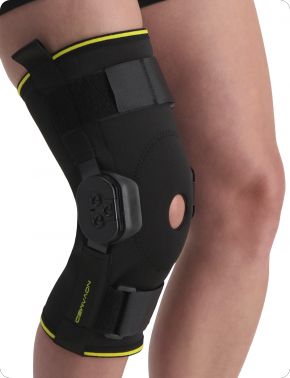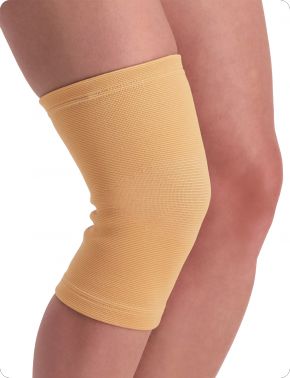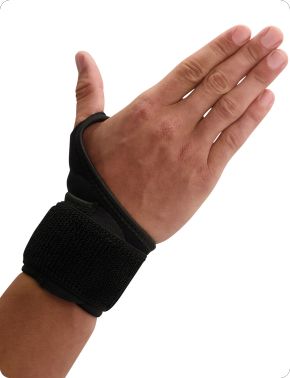Joint pain
Joint pain can occur in many parts of the body. For instance, it can occur in the knees, hips, shoulders, fingers and wrists. It involves stiffness, tenderness and swelling. In this blog, we will provide you with additional information on the causes, symptoms and treatment of joint pain. Feel free to read on.
What is joint pain?
Joint pain involves stiffness, tenderness and swelling. It can occur anywhere in the body. The most common joint pain is knee pain. Examples include knee strains and sprains during sports or running. This knee pain makes it less pleasant to perform certain activities, such as walking and playing sports.
If you suffer from shoulder pain, lifting things can be more difficult, while with hip pain, climbing stairs or even getting up from a chair can already be painful.
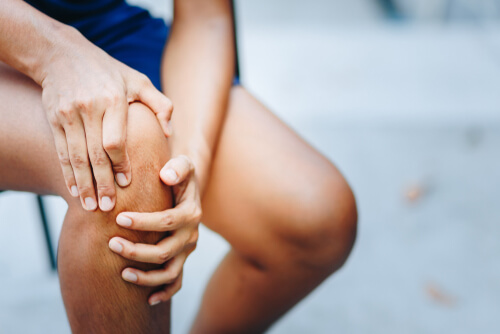
The causes of joint pain
Joint pain can have several causes. For instance, it can be a result of stiffening or wear of the cartilage between the joints. In addition, the joints can also be affected by inflammation. This can lead to joint pain. Other common causes are osteoarthritis, strains or an injury.
The symptoms
With joint pain, you may experience different symptoms. We list some examples below:
- Tingling
- A dull feeling
- Reduced range of motion
- Stiffness, pain and swollen joint
- Feeling as if the joint is stuck or something is inside the joint
- Fluid accumulation
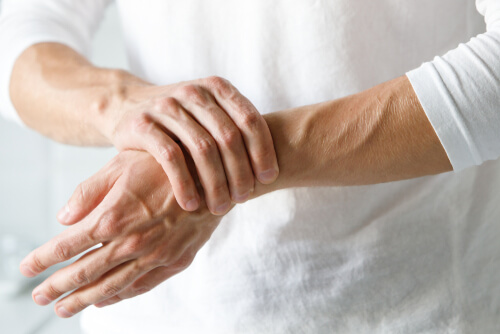
What to do for joint pain?
Joint pain can be relieved. To stiffen the joints, it is important to exercise sufficiently. Even if the joints are severely affected with arthritis, there are special exercises you can do. Here, it is important to do this in consultation with a doctor or therapist. Here is some more advice:
- Keep moving enough
- Maintain good posture
- Avoid being in damp, cold places as much as possible
- Avoid excessive physical exertion
- Rest plenty (mentally and physically)
- Get enough sleep
Over the years, joints become less flexible. This is because the human body is subject to natural wear and tear. This process can be slowed down considerably by regular low-intensity exercise, even if you have a rheumatic condition. Many people stop moving when they have muscle and joint complaints. This can actually worsen the symptoms. So exercise is very important.
Aids for painful joints
Depending on your symptoms, there are various aids that can support you in everyday life. For example, we offer various knee support that can help you against knee pain. In addition, we also offer braces for other body parts where you may experience joint pain, such as ankle support and thumb support.


